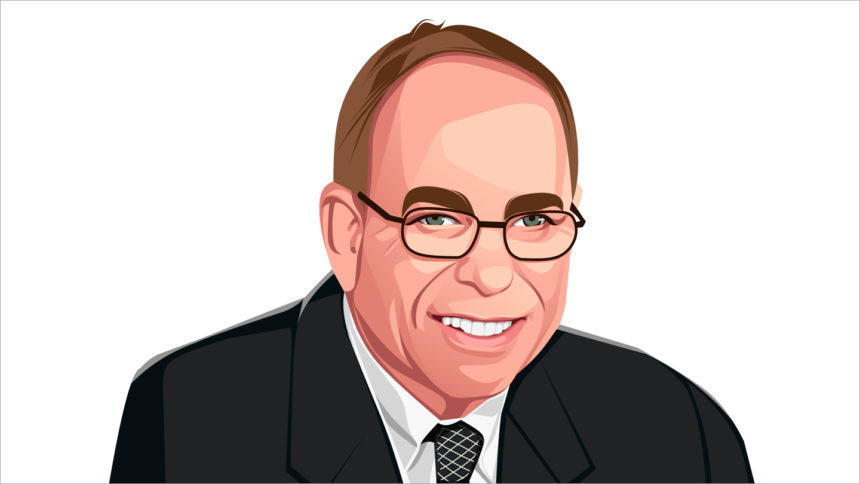
It seems there has always been some kind of fiscal cat-and-mouse game playing out between nursing homes and those who pay the bills.
Depending on your perspective, unorthodox revenue enhancement schemes have arisen to either a) stave off bankruptcy, or b) game the system. Many of the tactics have not been, strictly speaking, illegal. But most, once revealed, have tended to throw shade at the entire field.
The most recent example comes in the form of a practice called tunneling. That’s when an entity like a nursing home essentially hides its profits by funneling them through entities owned by the same parent company. Rehab services lead the parade, but there are plenty of other examples to be found in skilled care as well.
To be clear, nursing homes are hardly the only firms that do this. Nor is it illegal.
However, things can get a bit sticky when an operator’s reported expenses (say, for things like management oversight and real estate) suddenly spike way up.
Which, if a new report is to be believed, is happening with alarming regularity across Illinois.
In fact, the study by UCLA and Lehigh University researchers concluded that nearly two-thirds of all nursing home profits statewide (63%) were hidden this way.
It’s probably safe to believe the numbers may be higher in states with less-stringent reporting requirements. We’ll probably have a more definitive answer in the coming years, as you can be certain follow-up studies will be launched. Something tells me that the folks at the Centers for Medicare & Medicaid Services and taxpayers in general are going to be very curious to know more.
In fact, consumer advocates have been calling for consolidated cost reporting of related party transactions for years, citing concerns of hidden profits and resulting higher costs for the government.
Providers have countered that related-party services can streamline services for residents and that there is little evidence indicating related parties charge more.
Regardless, there’s little doubt that the push for consolidated billing will intensify. Especially as Medicare reserves continue to dwindle.
One possible defense for the industry will be to present data that shows the practice is far from what amounts to hiding profits; that in fact the result is better care at a lower cost.
My strong suspicion is that more than a few operators are currently poring through their data right now, in an attempt to demonstrate as much.
As for those facilities that have essentially been stuffing profits elsewhere within the organization? Let’s just say it might be time to find a new game.
John O’Connor is editorial director for McKnight’s. Opinions expressed in McKnight’s Long-Term Care News columns are not necessarily those of McKnight’s.




